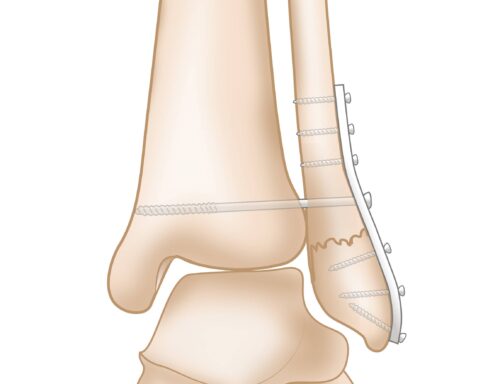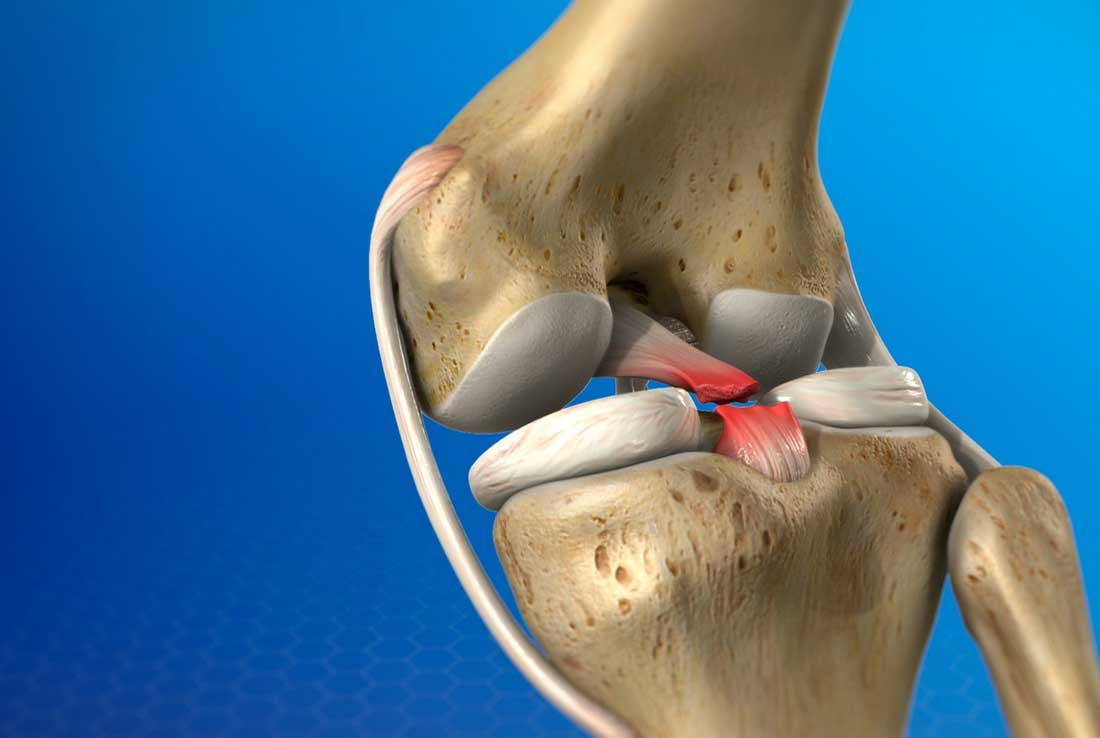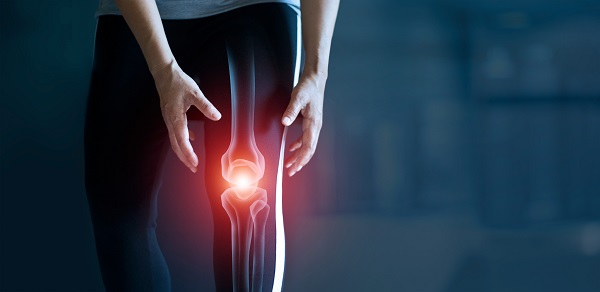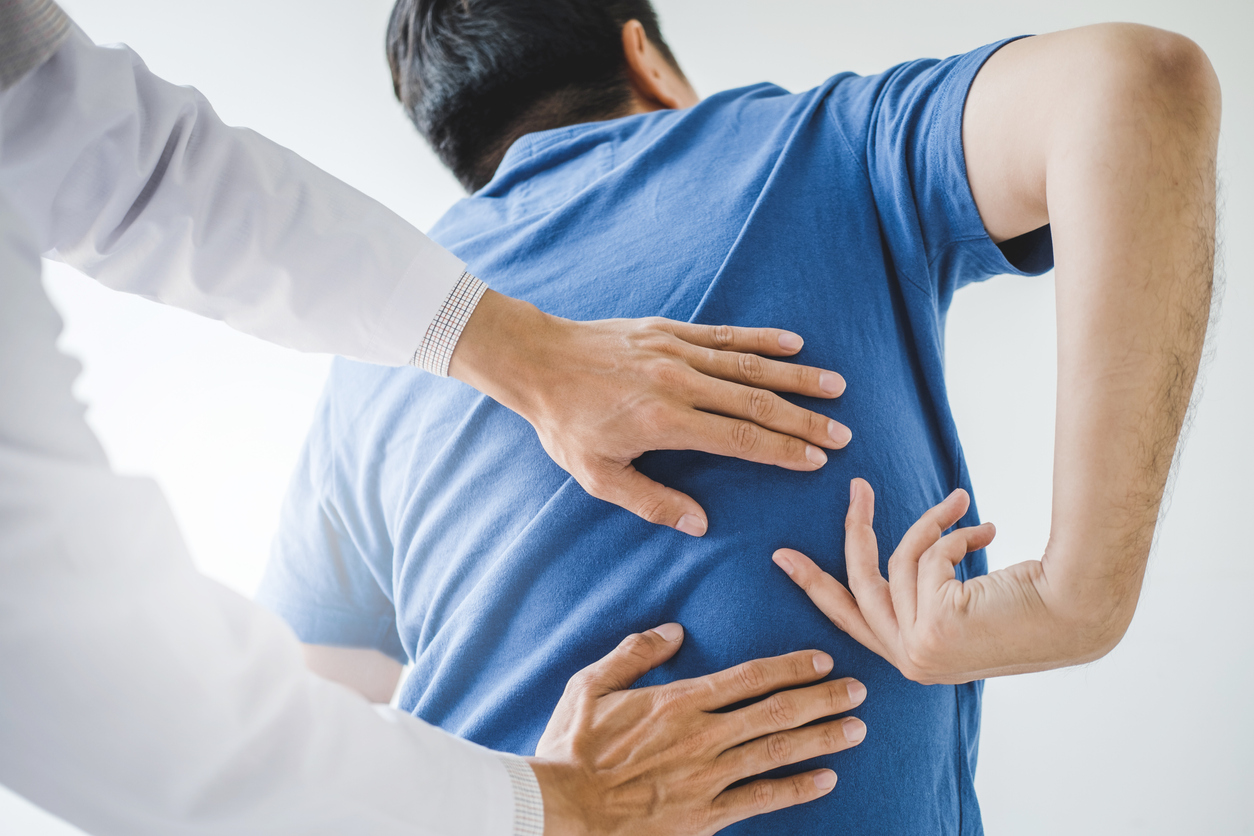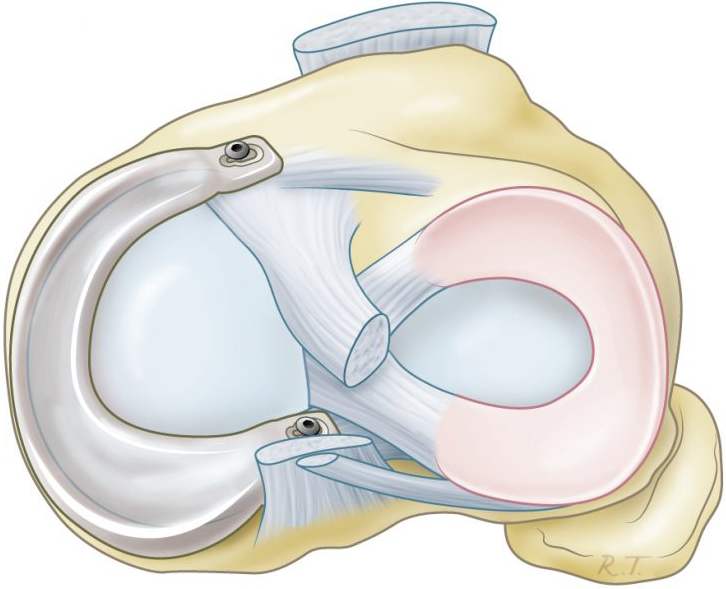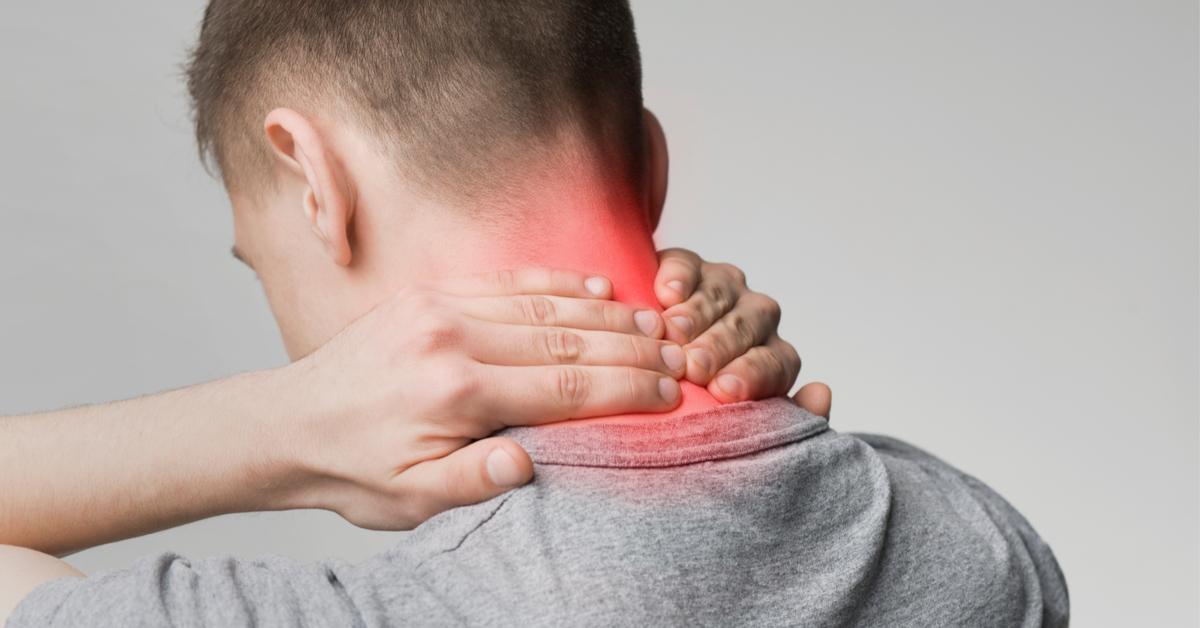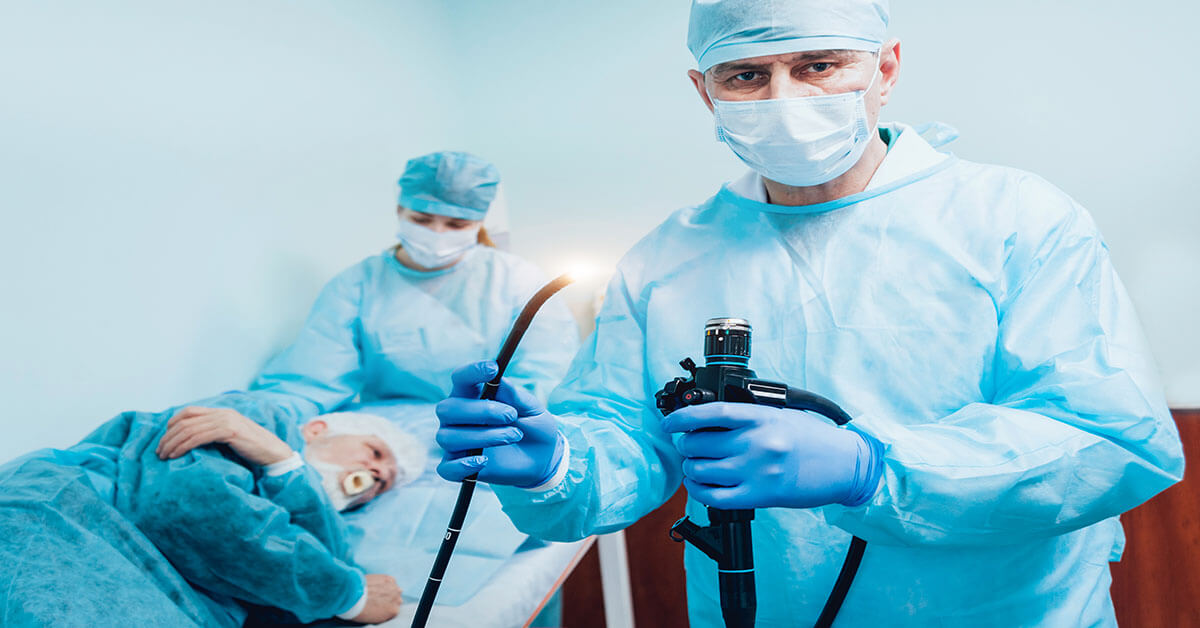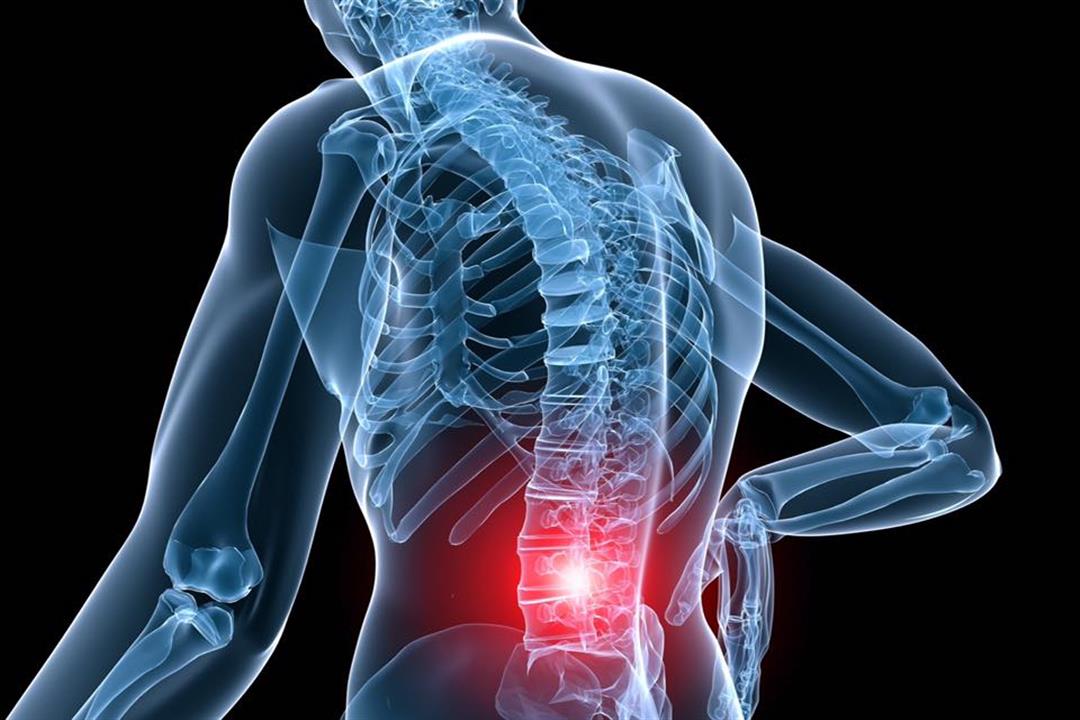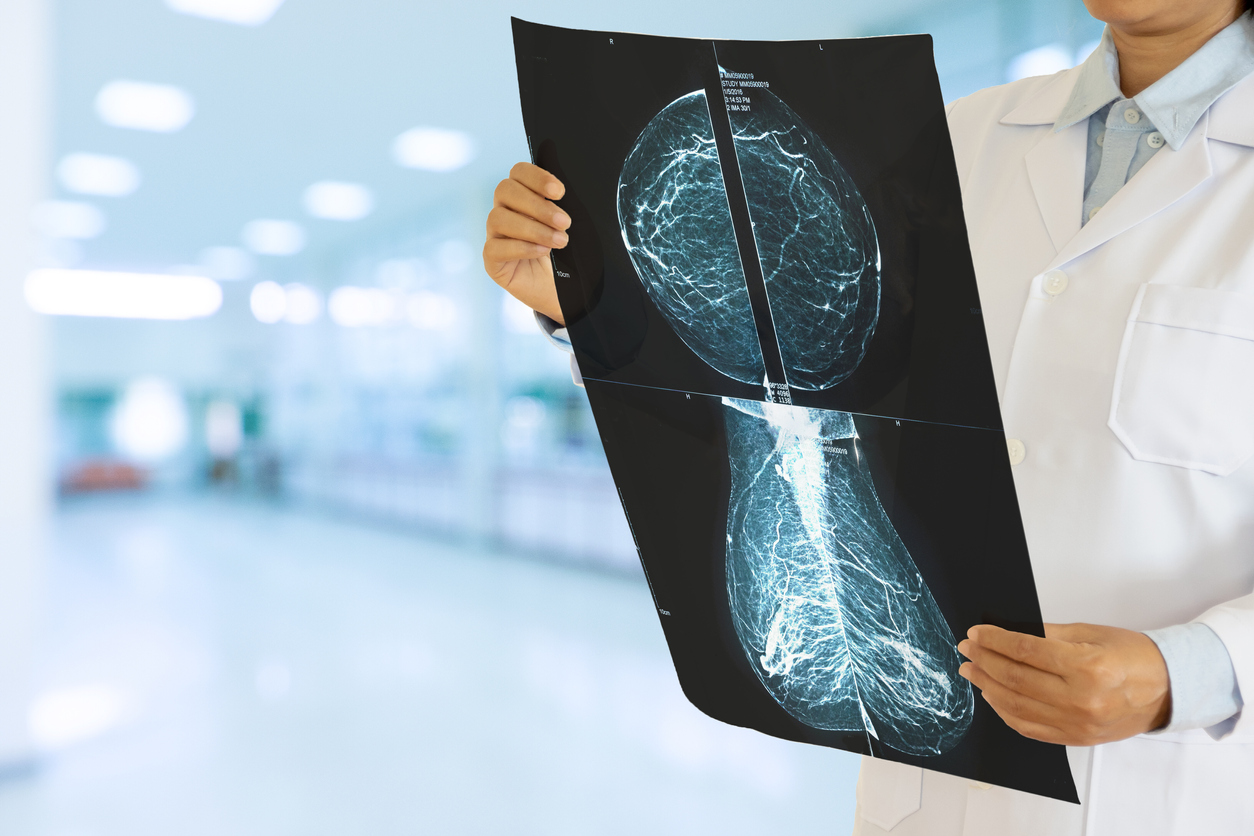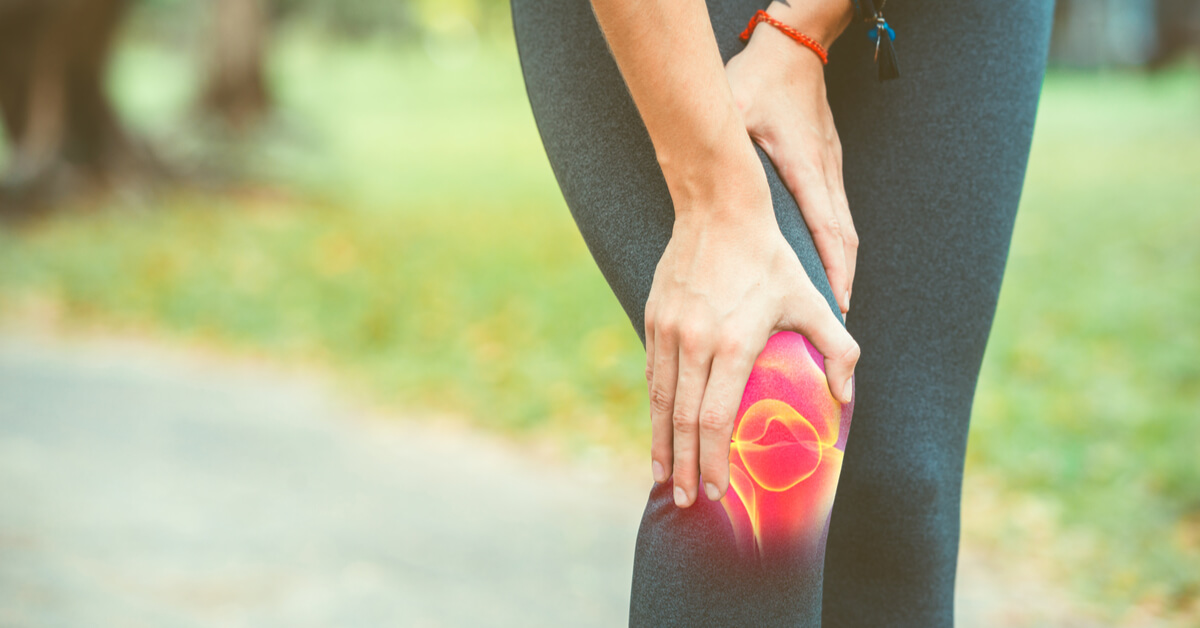Pelvic joint pain causes and treatment
The pain that afflicts the individual in the pelvic joint has many causes and each of them is dealt with in a different way than the other. In the following article, we will learn very important information regarding this topic, so let us read the following.
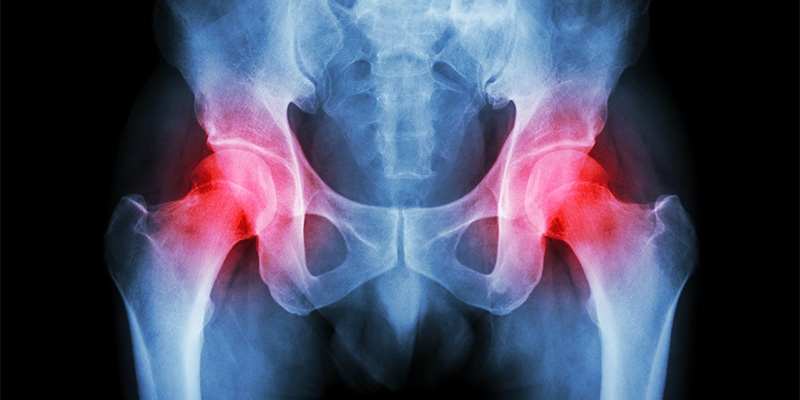
Pelvic joint pain
Suffering from pain in the pelvic joint causes a feeling of discomfort in the individual and makes him unable to sit or stand as well as usual, and this may have many causes such as osteoarthritis, hip fractures, bursitis, osteonecrosis, tendonitis, herniated disc, septic arthritis or Sciatic labrum rupture.
There are many factors that increase the risk of hip arthritis and hip fractures, such as:
- Aging is accompanied by suffering from osteoporosis as a result of weak bones due to frequent use over many years.
- Exposure to a joint injury that requires excessive use of steroid medications, in addition to excessive drinking of caffeine, alcohol, and cancer treatments increases the risk of osteoporosis due to lack of blood supply to the bones.
- Those who suffer from body shape or vision problems may cause falls and many injuries that may cause pelvic pain.
- Lack of exercise causes weight gain in a way that increases pressure on the pelvic joint, in addition to that affecting good bone growth and weakening their health.
- Excessive exercise can lead to severe tendinitis.
Pelvic fracture treatment
When an individual is exposed to a crack in the pelvic joint, he must not move from his place at all and remain stationary in a lying position until he receives first aid from the hospital to avoid bleeding or feeling more severe pain. There are many methods that are dealt with a crack in the pelvic joint, such as:
- Carrying out surgery in order to fix the bones together by using some medical equipment that looks like screws to a large extent.
- Installing bone support devices from the outside, and is in order to fix the pelvis in place during the treatment period and prevent it from moving dangerously.
- Attaching the body with special weights helps the bones to return to their place with time in many cases.
- The doctor prescribes blood-thinning medications to prevent any blood clotting, as a pelvic fracture may increase the chances of blood clots forming.
- The patient takes pain relievers to reduce the severity of the symptoms he feels.
- When the doctor allows the patient to start moving, he can start physical therapy procedures to be able to move normally again.
Pelvic joint pain
The pain that afflicts an individual in the pelvic joint is associated with many symptoms, such as:
- The individual has great difficulty moving normally because of the severity of the pain.
- The pain is not constant for all individuals, as it is mild in some individuals and very severe in others.
- The pain can spread to some other areas such as the feet, buttocks, and pubis, and this is due to the connection of many muscles and nerves with the pelvic muscle.
- The pain may be present in a specific area, and by tracking the causes of this occurrence, one can identify the real reason behind the feeling of that pain.
- Feeling pain in the lower back.
- Sudden muscle spasms and spasms.
- Severe pain when walking or bending down.
Pain in the right pelvic joint
The pain that affects the individual in the right pelvic joint makes the individual in a state of discomfort and hinders him from performing his daily activities normally, and this pain may be due to many causes such as osteoarthritis, hip fractures, bursitis, osteonecrosis, tendonitis, herniated disc, septic arthritis or tear sciatic labrum;
Pain in the pelvic joint with the thigh
Pain in the pelvic joint with the thigh has many causes, including:
- Weak muscles of the body: The body needs strong muscles in the abdomen and back in order to support and facilitate movement, which is why any weakness in that area leads to pelvic pain.
- Exposure to shock or accident: Exposure to a traffic accident may cause damage to the pelvic bones, and this makes the area more flexible and is accompanied by pain in the pelvis or in the lower back.
- Dysfunction in the sacroiliac joint: This joint works to connect the pelvis and the lower spine, and this results in inflammation and significant damage such as fracture or hair in the sacroiliac joint with pain in the lower back, abdomen, and pubic areas, and this results in arthritis, aging and slow running In such injuries, the pain begins to radiate to one side of the lower back and the buttocks.
- Iliolumbar syndrome: This syndrome arises when the iliotibial ligament is torn, which may be torn as a result of repeated wrong movements such as twisting, bending, or exposure to a traffic accident.
- Piriformis muscle syndrome: The reason behind this is a muscle tightening that causes pressure on the sciatic nerve, and this causes pain in the hip and buttocks, and most likely the individual suffers from this as a result of exercising in inappropriate shoes.
- Middle gluteal muscle pain: Suffering from a problem in the middle gluteal muscle with pain in the iliac crest area, and this causes a decrease in the amount of blood flowing to the area, flexibility, the ability to move, and the quality of neuromuscular functions.
- Bone cancer: This may be one of the reasons that lead to pelvic pain, but this is very rare and does not happen among many people.
Pelvic joint treatment
When there are any problems in the pelvic joint, the condition is well-diagnosed by a specialist doctor. Examples of methods through which the pelvic joint is treated are:
- When performing any activity that requires excessive pressure on the lower back or pelvic bones, the individual must then take abundant rest.
- In the event that the individual rests and lies down, it is preferable to apply some ice packs to the area of pain for a period of not less than 20 minutes, three times a day.
- Large use of pain relievers in order to reduce swelling and associated pain.
- If the pain intensifies to an extent that exceeds the individual’s endurance, in that case, steroid injections are used.
- Take anti-inflammatory medications prescribed by your doctor.
- Going on a good physical therapy program in order to ensure the acceleration of the healing process and the strengthening of the muscles surrounding the joint until it regains its normal movement again.
Pelvic joint pain treatment
The treatment depends on knowing the main cause of this pain from the beginning in order to treat it radically, and it is possible that in that case some anti-inflammatory drugs and some analgesics will be used in order to reduce the severity of the pain, and cortisone or antibiotics can also be used, and the solution may resort to Surgical replacement of the joint when erosion or inflammation occurs, and some metal plates and screws are installed in case of fractures.
The pain is alleviated by following the following methods:
- Take care to avoid carrying any heavy weights.
- Take plenty of rest and avoid stress.
- Regular exercise in order to strengthen the muscles in the hip and thigh area, which supports the bones and reduces pain.
- Wear comfortable shoes.
- Sleep in the right position and avoid the wrong positions.
- Take care to lose excess weight.
- Avoid sitting for long periods of time.
- Not bearing weight on one side while standing.
How to treat pelvic joint pain
Non-surgical solution: The doctor relies on this method of treatment in order to alleviate the pain felt by the individual and the side effects that are associated with it, and this is through the doctor prescribing some medications for the treatment of pelvic joint inflammation, which are tablets, injections, or Creams are used to apply on an area that has been damaged.
Surgical solution: If the damage that the individual suffers from in the pelvic joint does not respond to the medications and methods that the doctor prescribes at the beginning, then in that case surgery is the best solution, and the most appropriate type of surgery that the individual needs are chosen according to the condition of the joint in his body, his age, and the type of inflammation that he needs. It affects the joint and what the condition has reached, and among the most popular surgical methods that are followed:
- Perform osteoporosis in order to relieve pressure on the bone marrow and stimulate blood flow.
- Pelvic joint replacement in order to reduce the severity of pain felt by the individual and improve movement.
- Synovial resection.
- Bone grafting.


